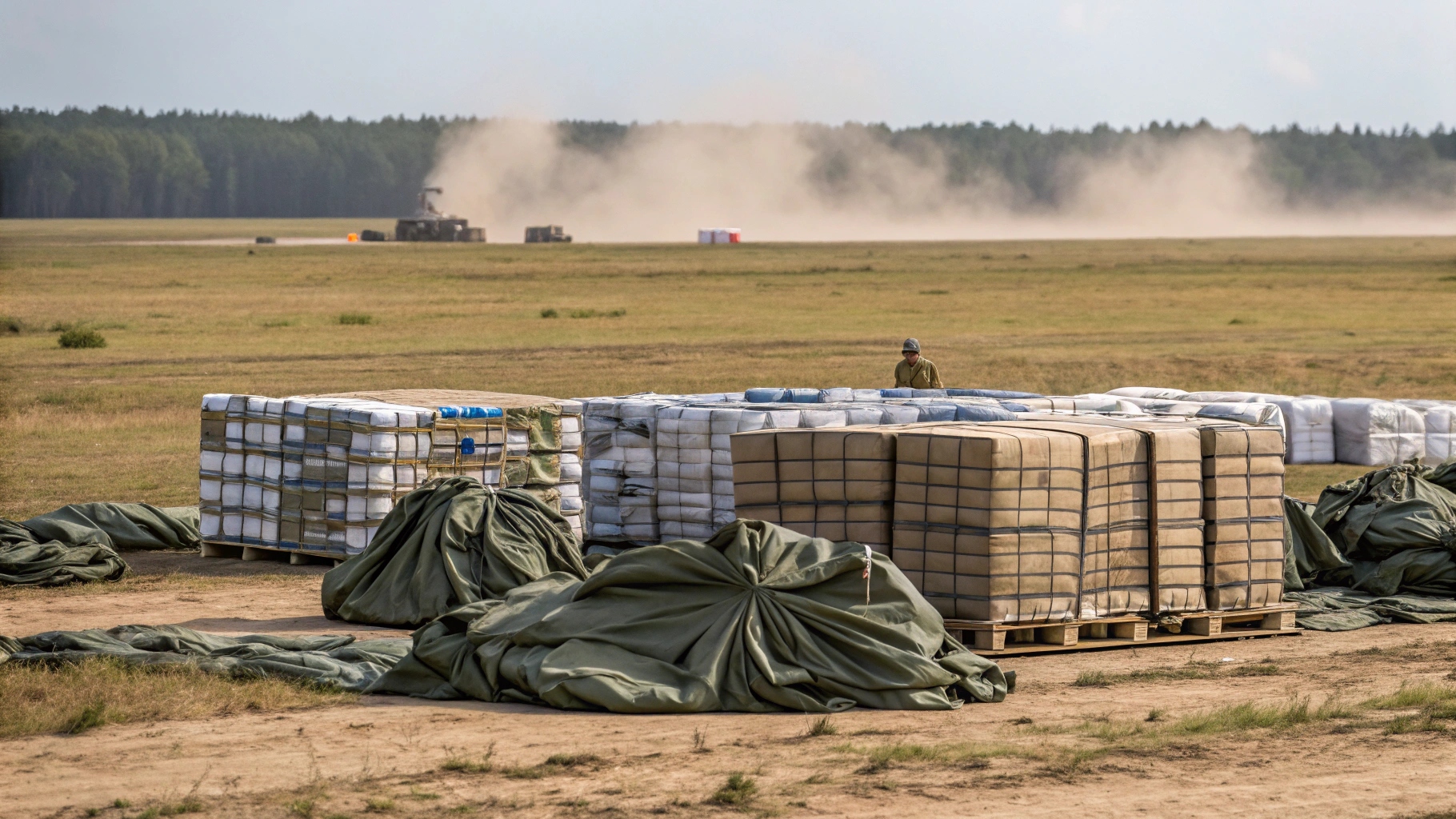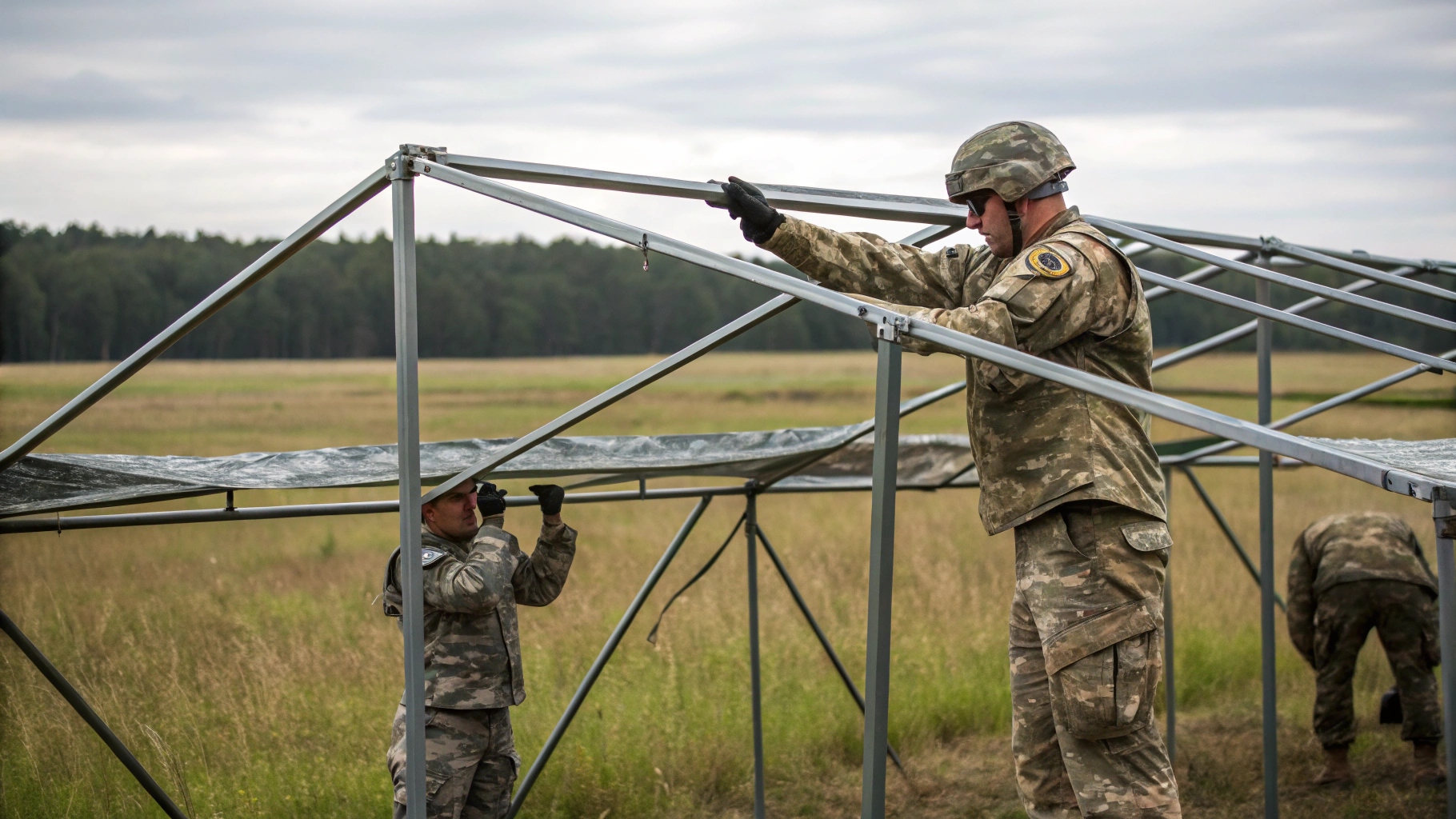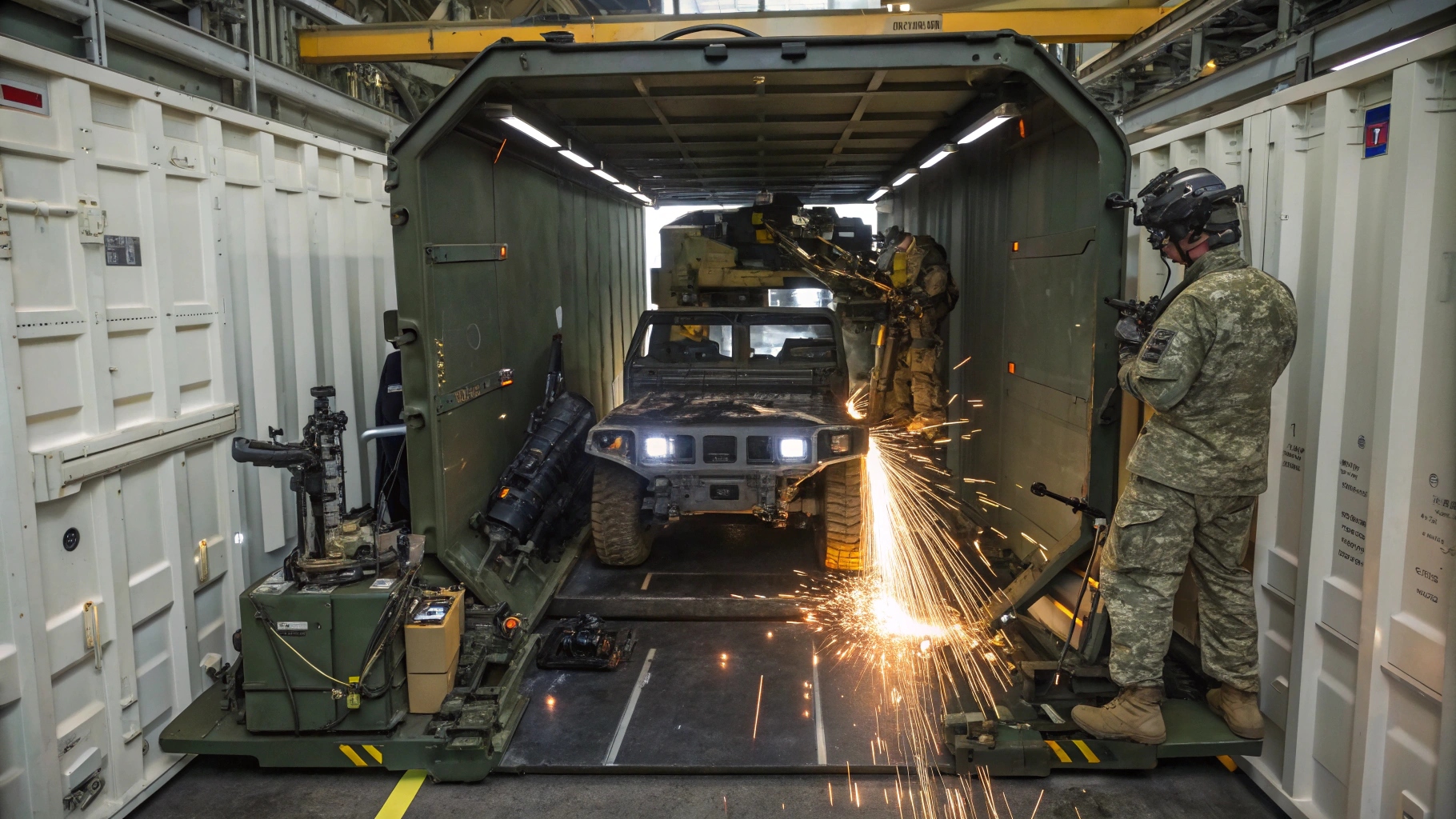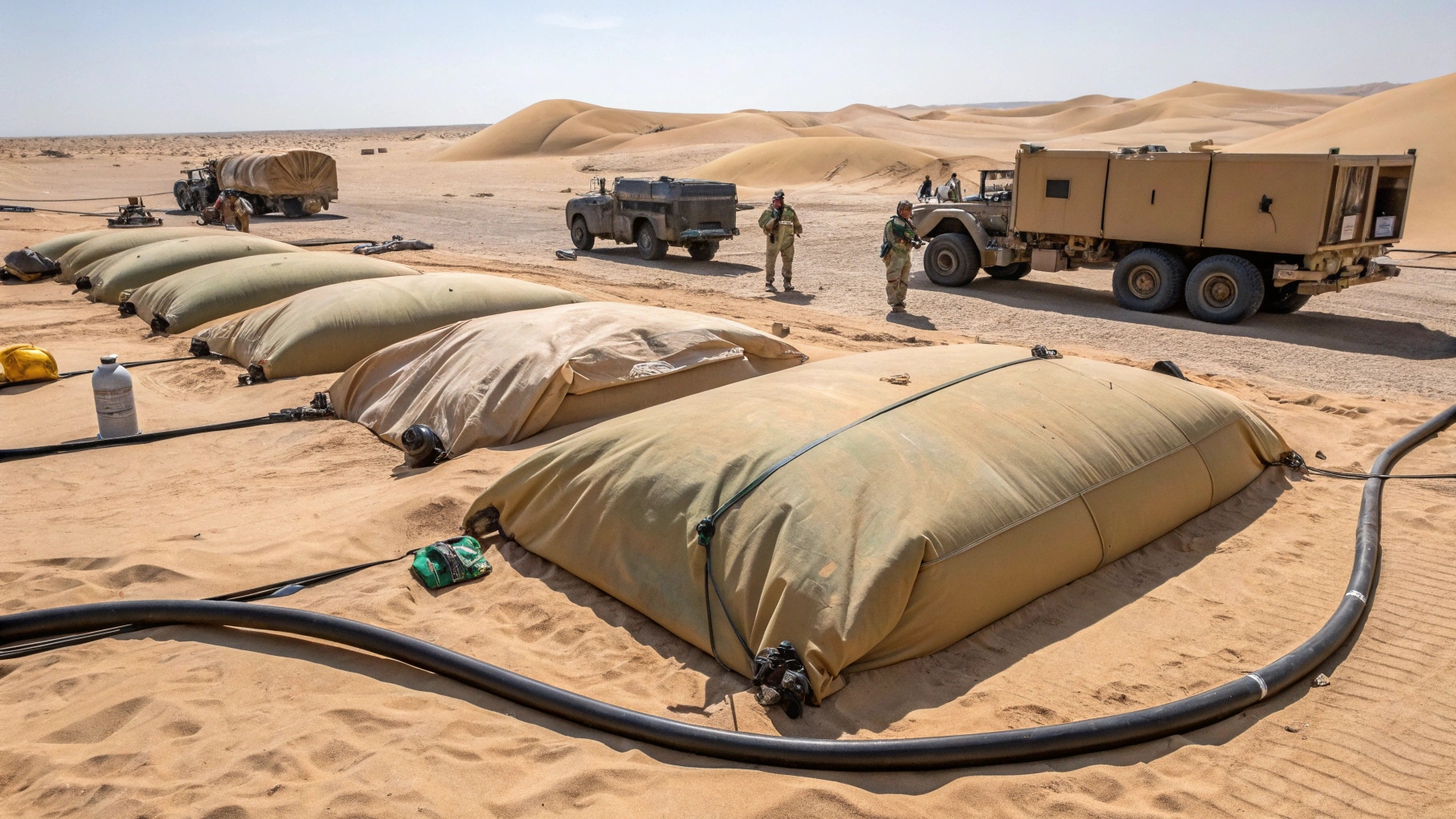
The U.S. Army has ordered 86 M917A3 heavy dump trucks from Mack Defense as part of its ongoing effort to modernize engineering and logistics fleets. Built from Mack’s commercial Granite chassis and adapted for military use, the M917A3 features reinforced structures, all-wheel drive, upgraded suspension and optional cab armor — features intended to ensure safe, reliable operation in contested or austere environments. Each truck is rated to carry about 27 tons of material, providing robust hauling capacity for construction, earthmoving and recovery tasks. The acquisition furthers the Army’s M917A3 program, which replaces aging legacy heavy dump trucks that have served for decades. Mack Defense said production will be executed within its U.S. manufacturing network and supported by an established supply chain — a key consideration for defense planners focused on supply-chain security and domestic industrial resilience. Standardizing on modern commercial-derived platforms simplifies maintenance and parts logistics and may reduce lifecycle costs compared with older, disparate fleets. Modernizing heavy transport vehicles aligns with larger service-wide efforts to improve battlefield mobility and reduce sustainment burdens. Recent modernization trends include digital vehicle controls, improved payload capacities and exploration of hybrid-electric powertrains across different truck classes. For combat engineers and logistics units, updated heavy dump trucks mean greater payloads, improved off-road mobility and more reliable performance when building bases, repairing infrastructure or moving materiel in contested areas. The Mack order represents a pragmatic investment in the backbone of ground operations: mobility and logistics. By renewing critical material-handling capability with contemporary platforms built on secure domestic production lines, the Army seeks to ensure that forward-deployed units can rapidly construct, resupply and recover assets while benefiting from lower maintenance overhead and improved integration with modern sustainment systems.




